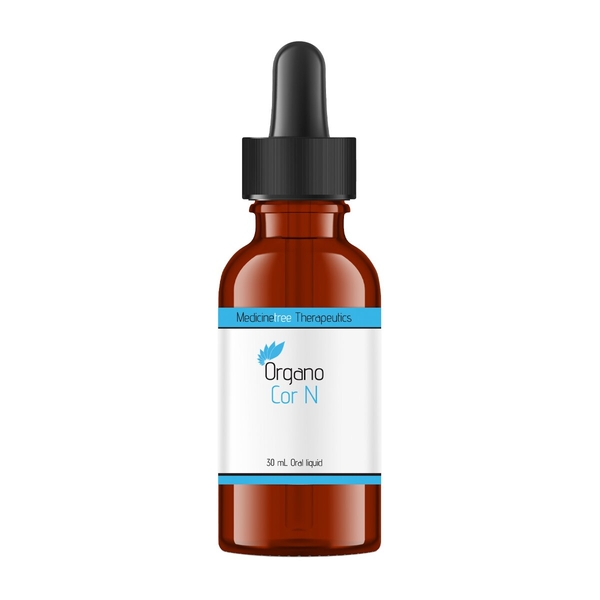
Background
Despite serious safety concerns, Scotch broom is used for heart problems including fluid retention (edema), poor circulation, low blood pressure, fast heartbeat, and irregular heartbeat.
Some people use Scotch broom for bleeding gums, a bleeding disorder called hemophilia, gout, achy muscles and joints (rheumatism), sciatic nerve pain, gall stones, kidney stones, spleen disorders, yellowing of the skin (jaundice), lung conditions, and snake bites. It is also used for cleansing the intestine and to cause vomiting.
Women use Scotch broom for heavy menstrual periods and for bleeding after childbirth.
Scotch broom is applied to the skin for sore muscles, pockets of infection (abscesses), and swelling. It is also used in hair rinses to lighten and brighten hair.
Safety Safety definitions
When applied to the skin: There isn't enough reliable information to know if Scotch broom is safe when applied to the skin or what the side effects might be.
Special Precautions & Warnings:
Pregnancy and breast-feeding: When taken by mouth, Scotch broom is LIKELY UNSAFE during pregnancy. It might cause a miscarriage. It is also considered LIKELY UNSAFE during breast-feeding.Heart disease: When taken by mouth, Scotch broom might affect the heartbeat. Don't use it.
High blood pressure: When taken by mouth, Scotch broom might make the blood vessels narrower. This could raise blood pressure. If you already have high blood pressure, Scotch broom could make it worse.
Kidney problems: When taken by mouth, some chemicals in Scotch broom might make kidney disease worse.
Effectiveness
- Fluid retention.
- Sore muscles.
- Swelling.
- Low blood pressure.
- Menstrual disorders.
- Heavy bleeding after giving birth.
- Bleeding gums.
- Gout.
- Arthritis-like pain.
- Nerve disorders.
- Gall stones.
- Kidney stones.
- Spleen disorders.
- Heart disorders.
- Other conditions.
Dosing & administration
Interactions with pharmaceuticals
Haloperidol (Haldol)
Interaction Rating=Major Do not take this combination.
The body breaks down Scotch broom to get rid of it. Haloperidol (Haldol) seems to decrease the breakdown of Scotch broom. Taking Scotch broom along with haloperidol (Haldol) might increase the risk of serious side effects of Scotch broom. Do not take Scotch broom if you are taking haloperidol (Haldol).
Lithium
Interaction Rating=Moderate Be cautious with this combination.
Scotch broom might have an effect like a water pill or "diuretic." Taking Scotch broom might decrease how well the body gets rid of lithium. This could increase how much lithium is in the body and result in serious side effects. Talk with your healthcare provider before using this product if you are taking lithium. Your lithium dose might need to be changed.
Medications for depression (MAOIs)
Interaction Rating=Major Do not take this combination.
Scotch broom contains a chemical called tyramine. Large amounts of tyramine can cause high blood pressure. But the body naturally breaks down tyramine to get rid of it. This usually prevents the tyramine from causing high blood pressure. Some medications used for depression called MAOIs stop the body from breaking down tyramine. This can cause there to be too much tyramine and lead to dangerously high blood pressure.
Some of these medications used for depression include phenelzine (Nardil), tranylcypromine (Parnate), and others.
Quinidine
Interaction Rating=Major Do not take this combination.
The body breaks down Scotch broom to get rid of it. Quinidine seems to decrease the breakdown of Scotch broom. Taking Scotch broom along with quinidine might increase the risk of serious side effects of Scotch broom. Do not take Scotch broom if you are taking quinidine.
Interactions with herbs & supplements
Interactions with foods
Action
Products
View all products- Cytisus scoparius
- Crataegus monogyna (Hawthorn)
- Lycopus virginicus
- Porcine aorta
- Porcine heart
- Porcine pericardium
- Porcine mitral valve
- Porcine coronary vein
- Porcine heart ventricles
- Adonis vernalis
- Selenicereus grandiflorus
- Phosphorus
- Strophanthus hispidus
- Porcine artery
- Cholesterol





